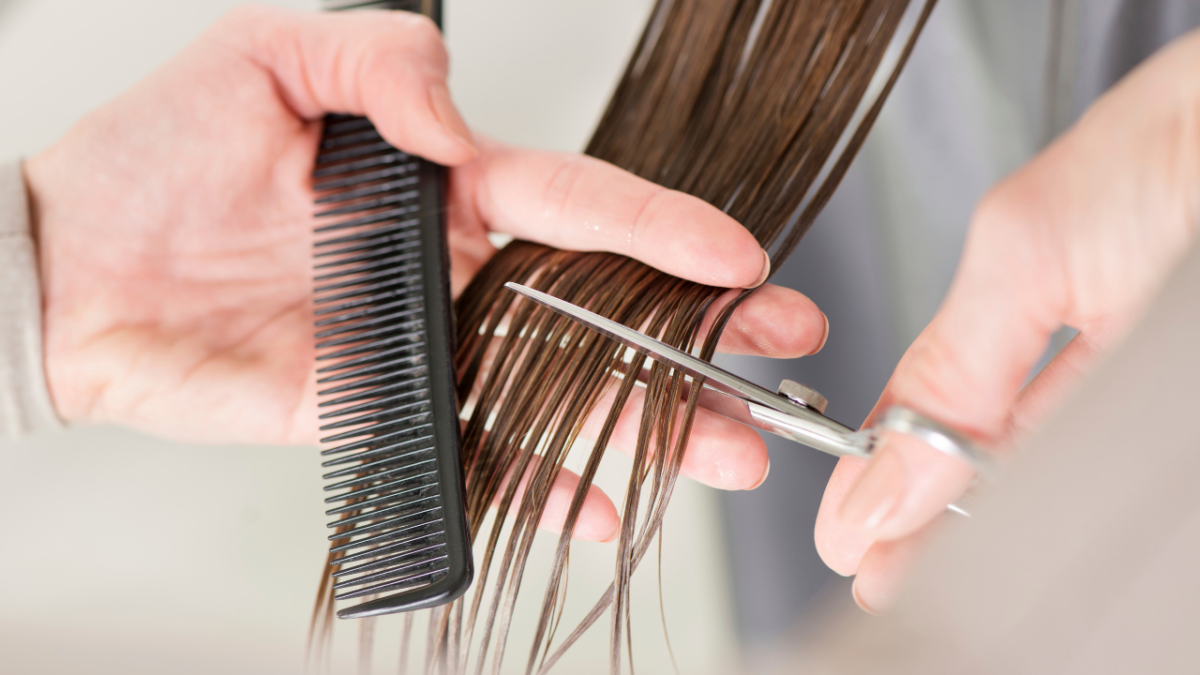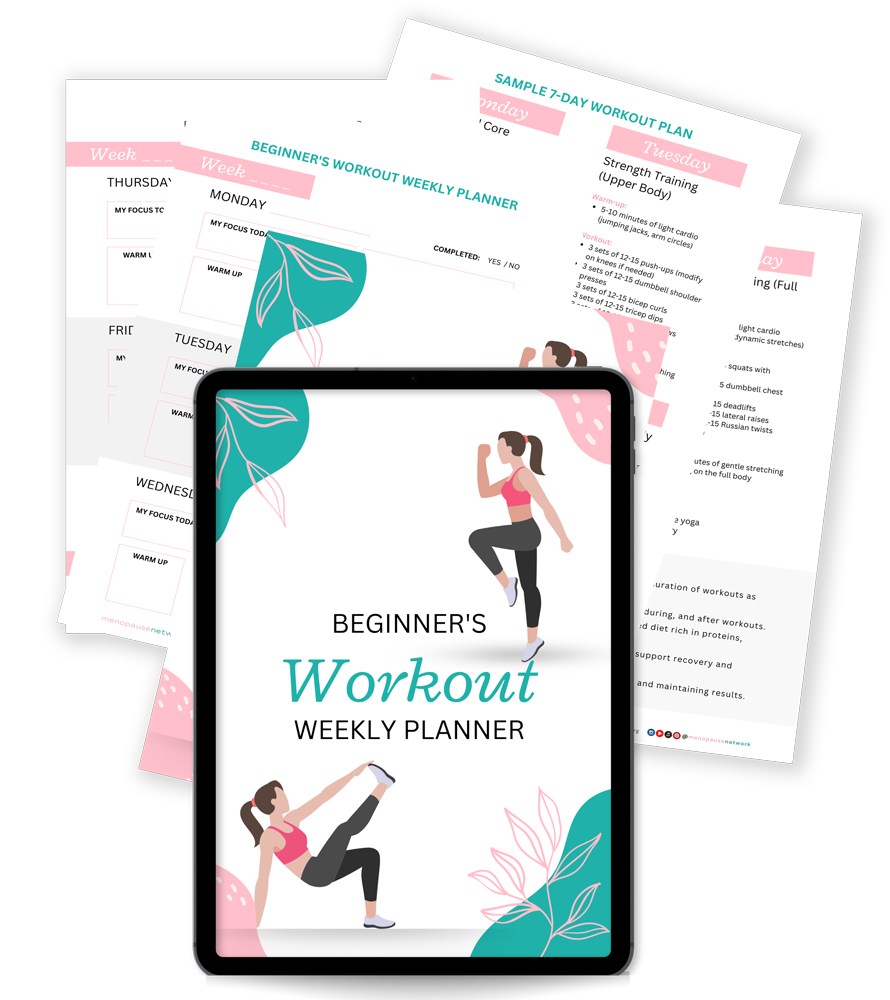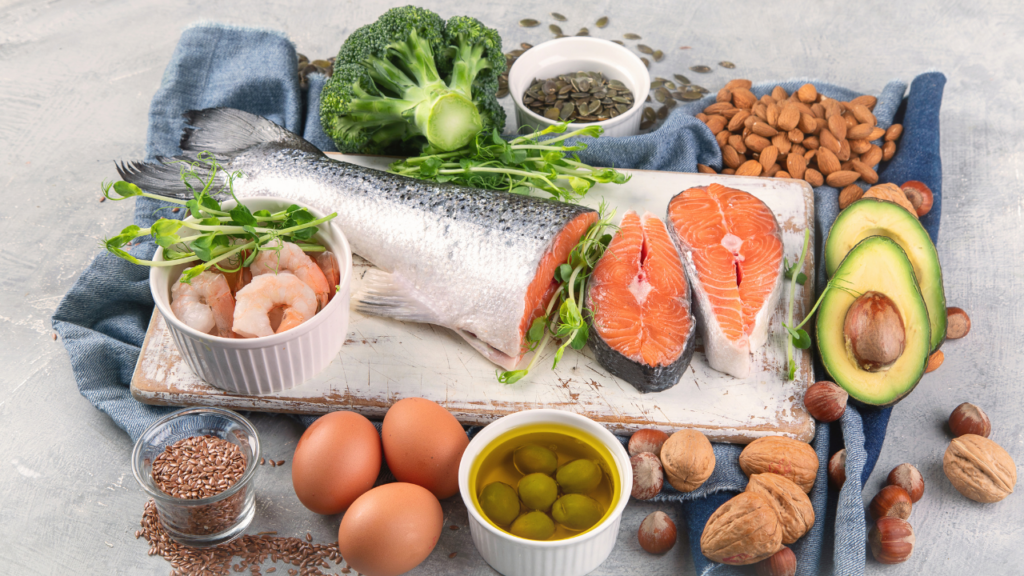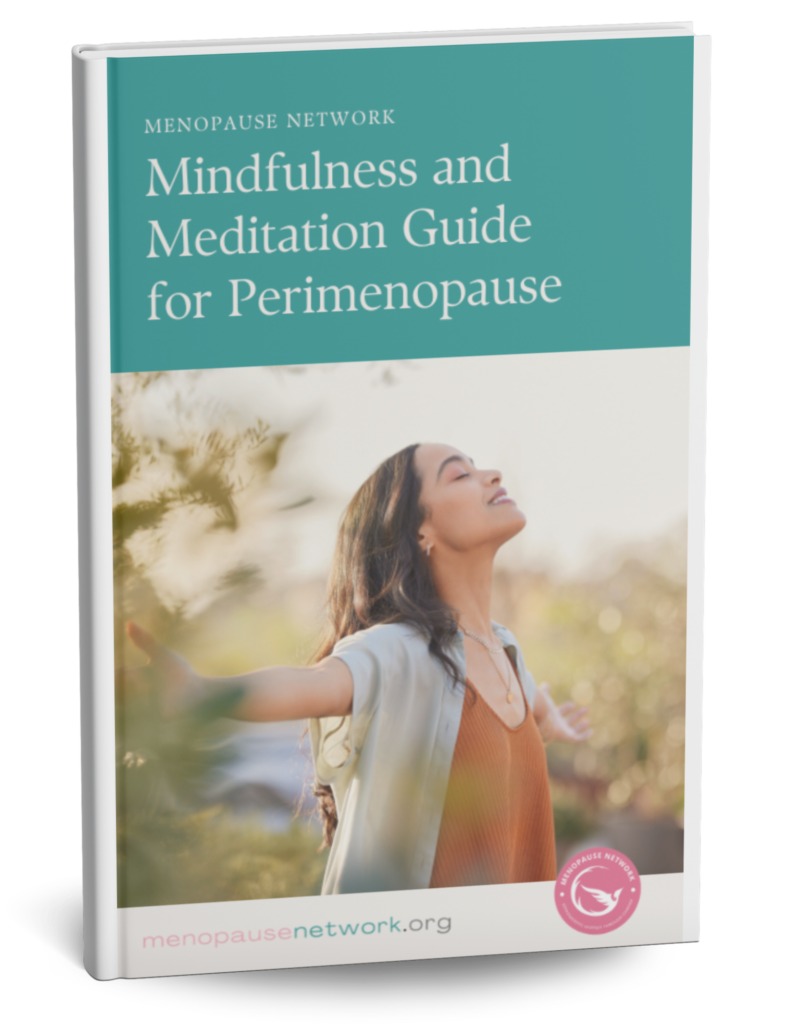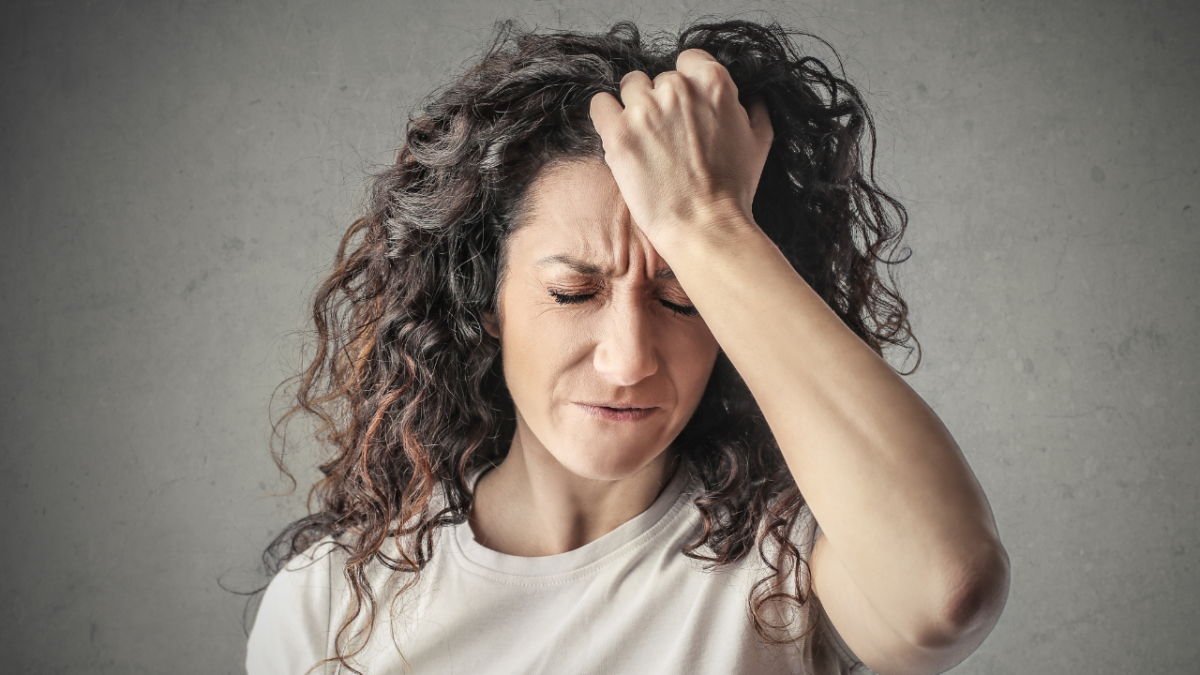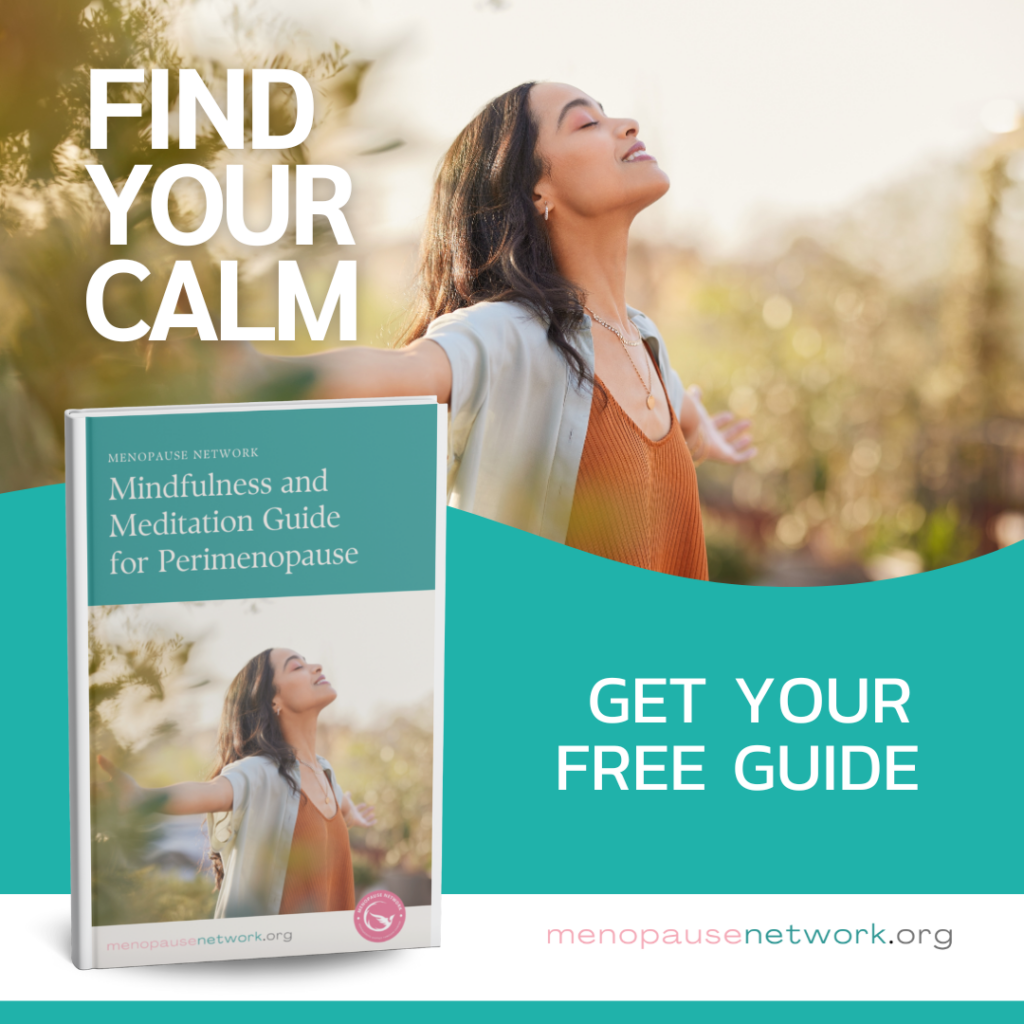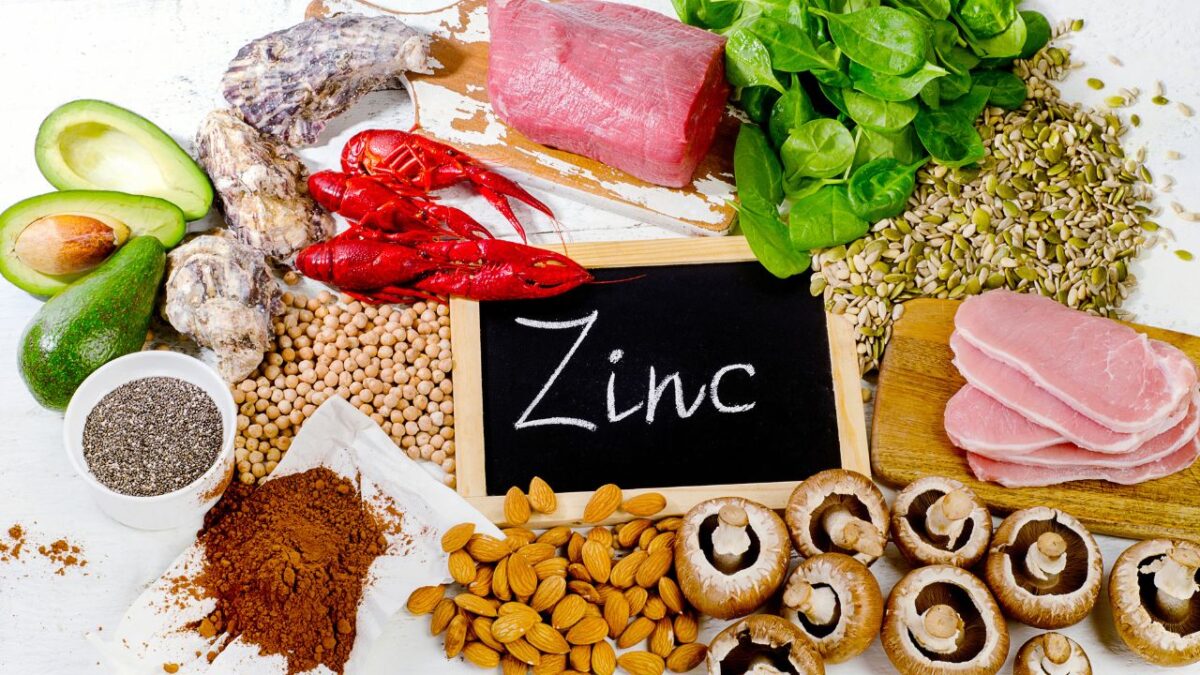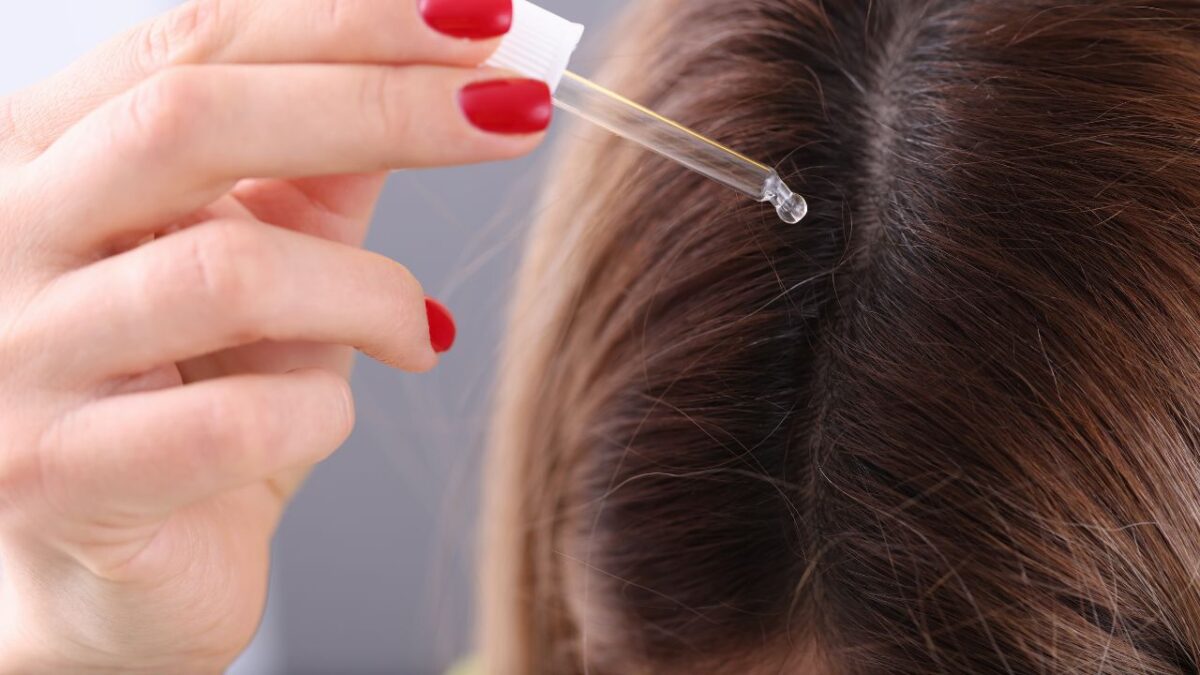10 Flattering Haircuts for Women Over 40 with Thinning Hair
Hitting your fabulous 40s might bring some changes to your hair, like a bit less volume or texture—totally normal, but let’s make it fun! Finding the right haircut can seriously amp up your look, giving you that lush, full hair vibe and boosting your confidence sky-high. The trick is to pick styles that pump up the volume, bring on the texture, and add a little swing to your strands, cleverly shifting focus away from any thinning spots and highlighting all your best features. Whether you’re all about the sleek, chic pixie or you’re leaning towards layers that lavish your look with body, there’s a haircut waiting to match your face shape and personal flair. These cuts are all about working with what you’ve got to make your hair look thicker and more youthful.
Each style we’ve got lined up is a fantastic way to celebrate your hair and show off its natural beauty—even as it changes. Chat with your stylist about these looks to find the one that not only suits your style to a T but also makes the most of your hair’s natural texture and volume. Turning 40 isn’t just another year; it’s a chance to rock your best look yet!
Check these out!

Layered Bob
The layers help soften the jawline in round faces and add width to the narrower parts of oval and heart-shaped faces.
Best for: Oval, Round, and Heart-shaped faces

Pixie Cut
The short length highlights the cheekbones and jawline, flattering the structured lines of square faces and the delicate features of oval and heart shapes.
Best for: Oval, Heart, and Square-shaped faces

Asymmetrical Lob
The asymmetry works well to balance the symmetry of oval faces, elongate round faces, and soften the angles of square faces.
Best for: Oval, Round, and Square-shaped faces

Soft Layers
Soft layers are versatile and can be tailored to enhance any face shape, adding volume where needed and framing the face gently.
Best for: All face shapes

Volume-Boosting Shag
The multiple layers reduce bulk around the cheeks, which is ideal for diamond faces, and add texture that complements the angularity of square faces.
Best for: Oval, Square, and Diamond-shaped faces

Curtain Bangs with Medium Cut
Curtain bangs add balance to the face by providing coverage on the forehead, making them ideal for longer face shapes and adding softness to heart-shaped faces.
Best for: Oval, Long, and Heart-shaped faces

Textured Pixie
The texture adds volume on top, which can elongate round faces and accentuate the cheekbones in diamond-shaped faces.
Best for: Oval, Round, and Diamond-shaped faces

Angled Bob
The angled cut adds structure that can balance the roundness of a round face and add volume in the right areas for pear-shaped faces.
Best for: Oval, Round, and Pear-shaped faces

The Classic Cap
This rounded cut adds volume evenly around the head, which can balance the width of round faces and soften the chin area for heart-shaped faces.
Best for: Round, Heart, and Oval-shaped faces

Long Layers with Side Part
Long layers are flattering on any face shape, especially with a side part that can be adjusted to highlight the best features or balance asymmetry in the face.
Best for: All face shapes
If you’re exploring further options for hairstyles that can help your hair appear fuller, there are several additional resources that might be beneficial. For a deeper dive into understanding the best styles and cuts for different hair types and face shapes, consider checking these out:
14 Strategic Haircuts That Will Give the Illusion of Fuller, Thicker Hair
22 A-List-Approved Short Hairstyles That Are Perfect For Fine Hair
Over 40 With Flat, Thin Hair? Stylists Recommend These 3 Voluminous, Flattering Haircuts
Hairstyles For Women Over 40 With Fine Hair
Takeaway
Embracing your 40s means embracing change, including changes in your hair. But with the right haircut, you can turn thinning hair into a style statement that screams volume and vitality. From trendy pixies to lush layered bobs, each haircut has the potential to enhance your natural beauty, add a youthful bounce, and boost your confidence. Whether your hair is just beginning to thin or you’ve been managing changes in texture and volume for a while, there’s a perfect style out there for you.
Remember, the best haircut for you is one that suits your face shape, compliments your personal style, and makes you feel great. So, consult with your stylist, pick your new look, and get ready to flaunt those fabulous locks!

